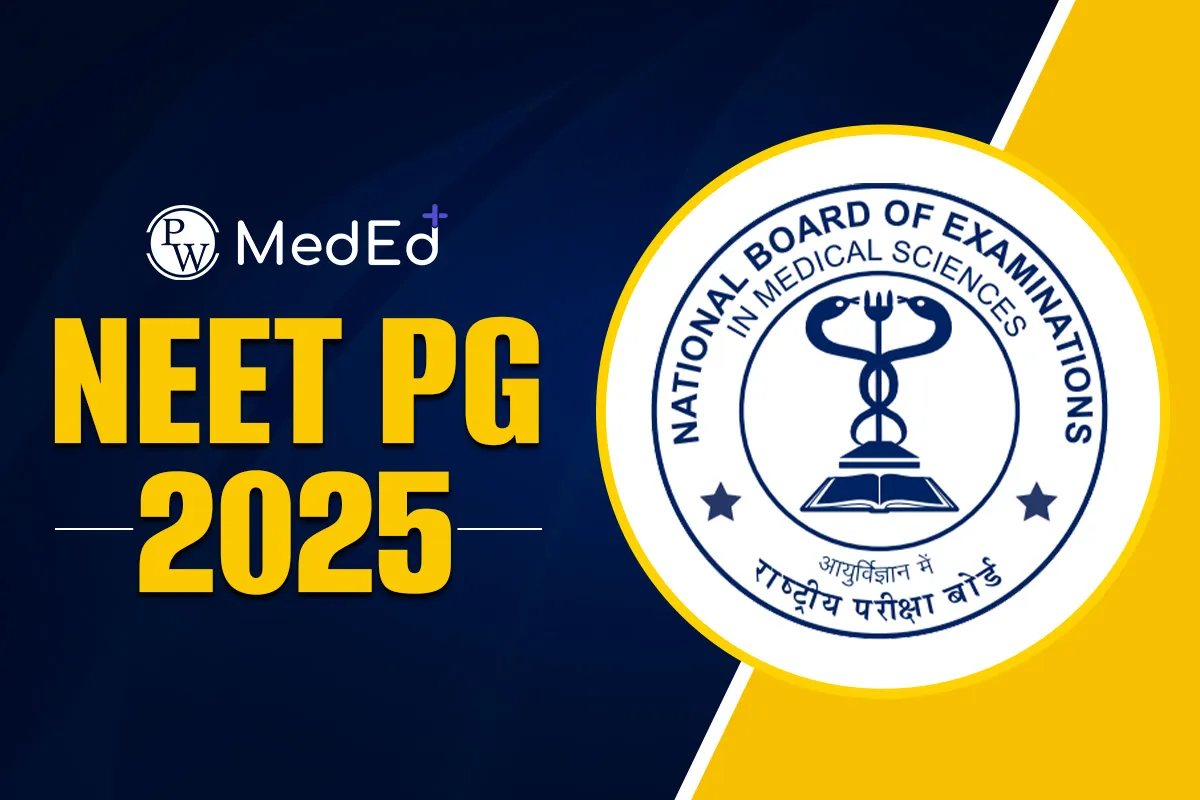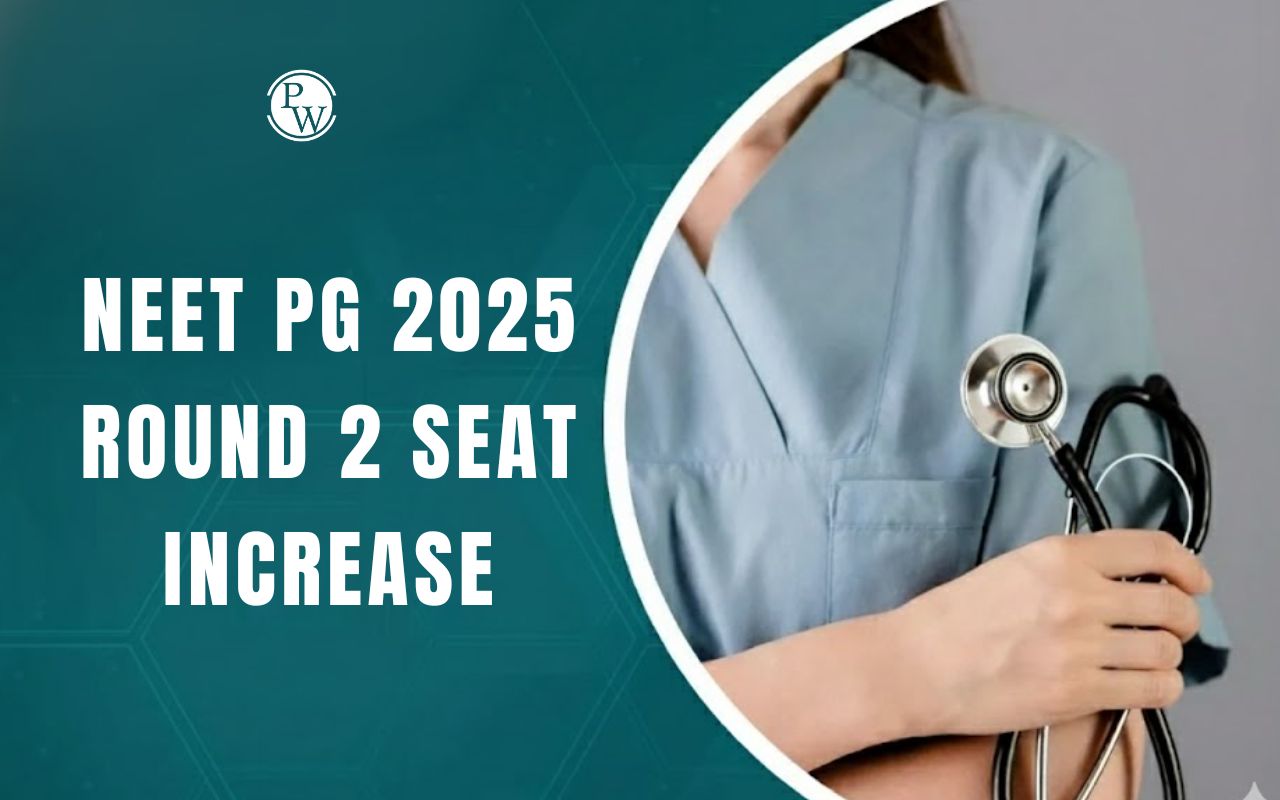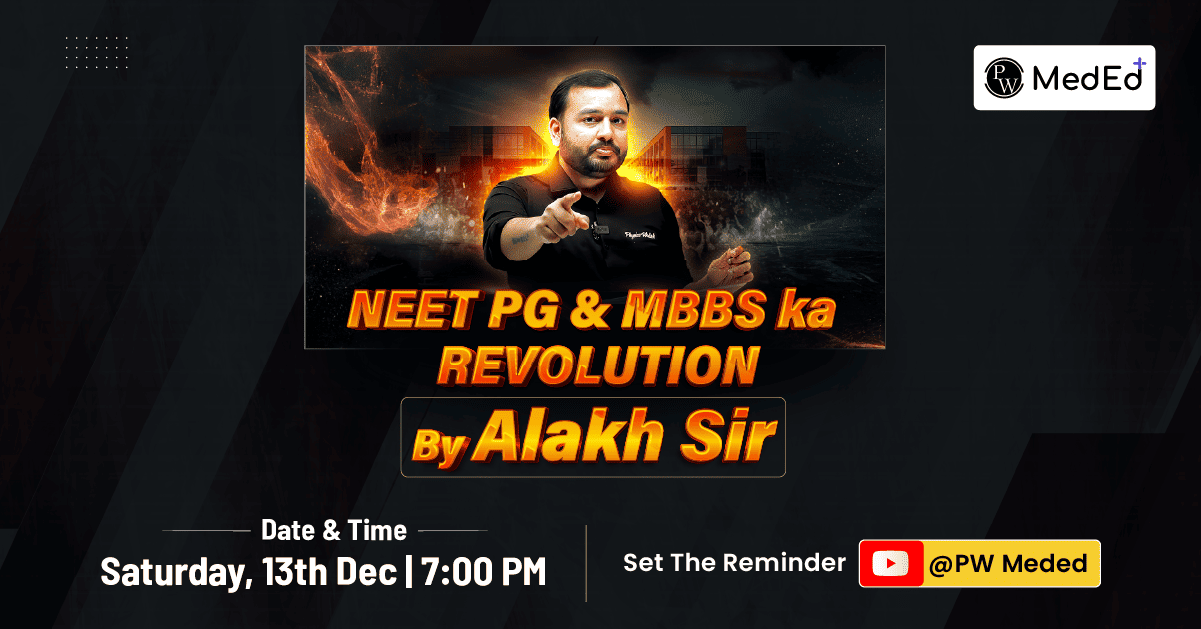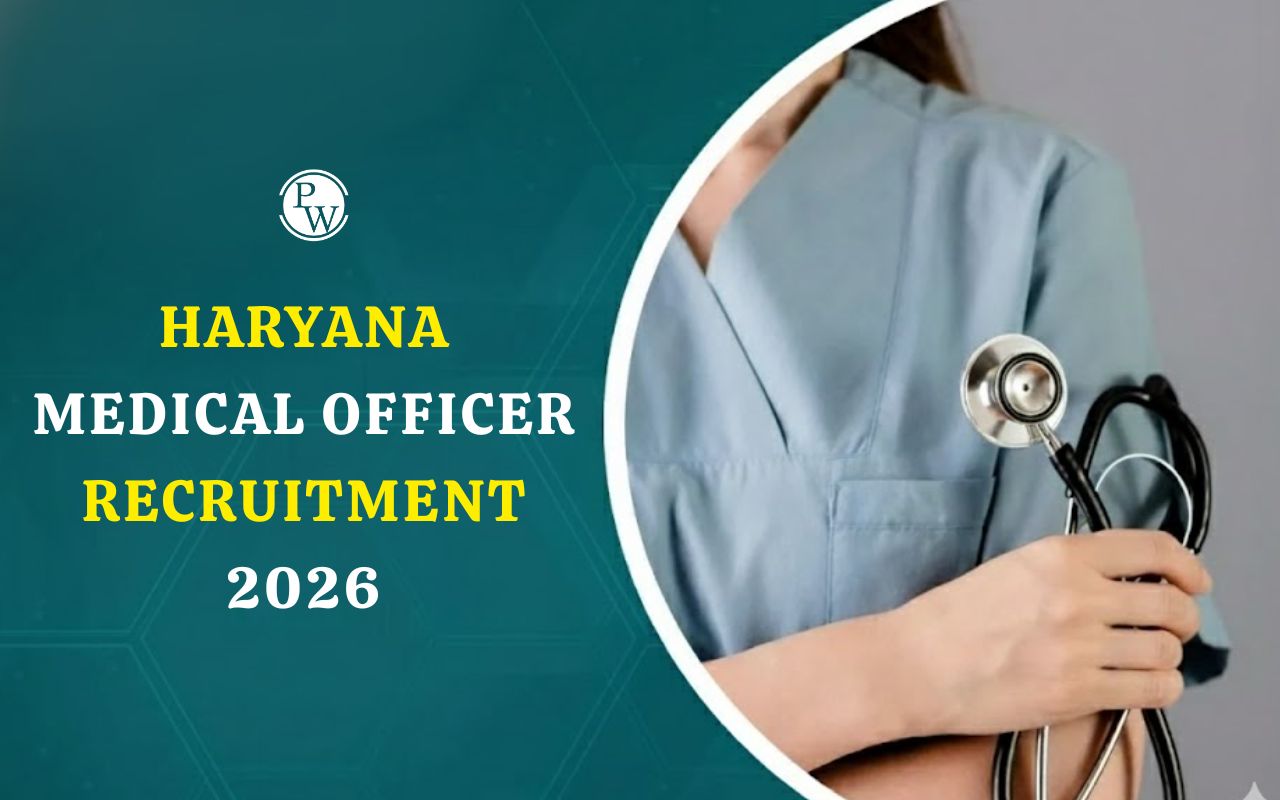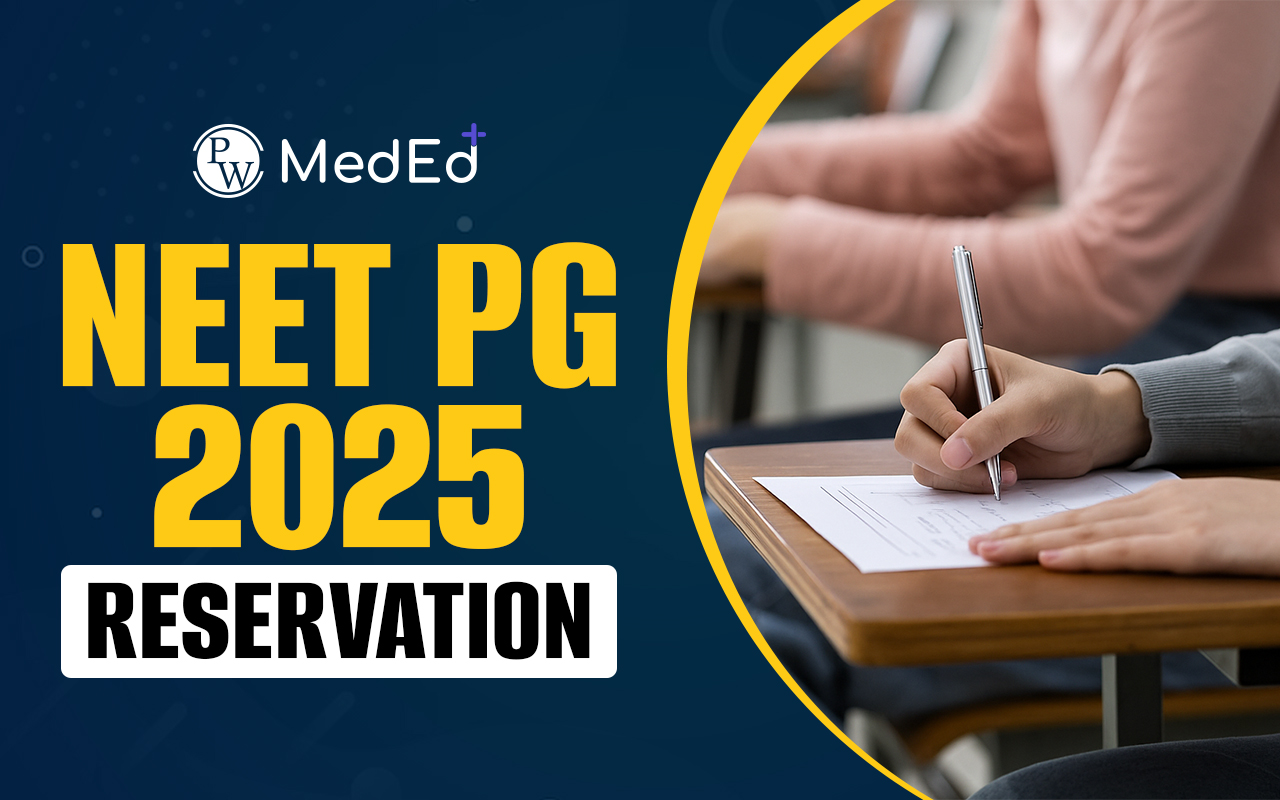
Do medical students really dissect real human dead bodies in the first year of MBBS ? A very famous question indeed - Yes, medical students typically begin their experience with human dissection in the first year of their MBBS program. This is a crucial part of their anatomy curriculum. It is a very special experience for a first year undergraduate when they are allowed to enter the anatomy lab for the first time. It is not uncommon for medical students to faint or feel lightheaded during cadaveric dissection, especially during their first experiences in the anatomy lab.
The Dissection Lab / Hall
The dissection laboratory provides an introduction to the variability of the human body and the uniqueness of each cadaver. The dissection laboratory is the sole environment where the three-dimensional structure of the human body can be experienced.Dissection
Cadaveric dissection has long been the traditional method for teaching anatomy, following theoretical lessons and discussions based on atlas images. Cadaveric dissection has been the main teaching modality in anatomy education since the ancient times. This approach allows medical students to enhance their understanding and reinforce theoretical knowledge by visualizing real anatomical structures.Process Of Dissection
Dissection is carried out in different steps which are mentioned here. Initial incision Start with superficial incisions to open up the body cavities and expose underlying structures . Layer-by-Layer Dissection is done by carefully separating and studying each layer, beginning with the skin and superficial fascia, followed by muscles, bones, and internal organs. Identification and Documentation of the anatomical structures is done and are the structures observed and studied are documented in the same sequence.Ethical Aspects And Consent
The first principle is that of autonomy. According to the autonomy, each individual should have autonomous control over the disposition of his or her body after death. Emphasis here is on what an individual decrees should or should not be done with his or her body at death, despite social need or public interest. Ensure that all bodies used for dissection have been donated legally and ethically, with proper consent from the donors or their families.Dissection Hall Etiquettes.
Students have enormous opportunities of dissecting cadavers and learning themselves, especially in government medical colleges, where there are morgues for medicolegal autopsy purposes. Cadavers, often referred to as 'human anatomical specimens,' are a term that does not fully convey the immense value they bring to medical education. Working with human remains demands respect and sensitivityCare Of Cadavers
The cadavers should be kept in moist all the time. It should be dipped in proper preservative fluid such as formalin. It’s the moral duty of staff as well as students performing dissection that cadavers should be touched carefully and respectfully.Safety Measures
During dissection yours safety as well as peers should be kept in your mind. Wear chemical-resistant gloves, aprons and chemical splash goggles for all dissection activities. Work in a well-ventilated lab only. There should be absolutely no eating, drinking or gum-chewing during dissection activities. Inspect dissection tools on a routine basis. Use only quality dissection tools that are sharp and free of rust. Handle scalpels, razor blades and other sharp instruments with care, and do not use excessive force when working with or cleaning sharp instruments. Dull and dirty scissors, scalpels or blades are much more dangerous that sharp, clean ones. Discard any instruments that are damaged and cannot be repaired.Dissection Equipment
The equipment used in medical dissections is essential for precise and safe handling of tissues and organs. Basic dissection tools are scalpels, foreceps, scissors, some special type of needles, and probes. Some specialised equipment’s are also used such as homeostatic, rib shears, bone saws etc. Some measuring and supportive tools are also used while dissectionStorage And Preservation Of Cadavers.
Cadavers are stored in refrigerated units at temperatures just above freezing (2-4°C or 35-39°F) to slow down decomposition. Maintaining appropriate humidity levels in storage areas helps prevent desiccation (drying out) of the cadavers. Some specific preservatives are used for preservation of cadavers and other body parts such as formalin, phenol, ethanol, glycerin, glutaraldehyde etc.Objective Of Dissection.
Dissection is essential for teaching, communication and research purposes. It is used for study variations in human anatomy that can have significant implications for diagnosis and treatment. It provides gain insights into surgical landmarks and approaches, which is crucial for future medical procedures and surgeries. Dissection is helpful in providing a three-dimensional understanding of anatomy, which is crucial for visualizing how systems and structures interrelate to with each other.How should cadavers be cared for during dissection?
Cadavers should be kept moist at all times, typically by being dipped in preservative fluids such as formalin. It is the moral duty of both staff and students to touch cadavers carefully and respectfully. Proper storage in refrigerated units and maintenance of humidity levels also help in preserving cadavers.
What etiquettes should be followed in the dissection hall?
Students should handle cadavers with respect and sensitivity. They have opportunities to learn through dissection, particularly in institutions with morgues for medicolegal autopsies. Proper care should be taken to maintain cadavers in good condition and treat them respectfully.
Why is cadaveric dissection important in medical education?
Cadaveric dissection has long been the traditional method for teaching anatomy. It allows medical students to enhance their understanding and reinforce theoretical knowledge by visualizing real anatomical structures, following theoretical lessons and discussions based on atlas images.
What is the significance of the dissection laboratory?
The dissection laboratory provides an introduction to the variability of the human body and the uniqueness of each cadaver. It is the sole environment where the three-dimensional structure of the human body is reinforced through visual, auditory, and tactile pathways.
🔥 Trending Blogs
Talk to a counsellorHave doubts? Our support team will be happy to assist you!

Free Learning Resources
PW Books
Notes (Class 10-12)
PW Study Materials
Notes (Class 6-9)
Ncert Solutions
Govt Exams
Class 6th to 12th Online Courses
Govt Job Exams Courses
UPSC Coaching
Defence Exam Coaching
Gate Exam Coaching
Other Exams
Know about Physics Wallah
Physics Wallah is an Indian edtech platform that provides accessible & comprehensive learning experiences to students from Class 6th to postgraduate level. We also provide extensive NCERT solutions, sample paper, NEET, JEE Mains, BITSAT previous year papers & more such resources to students. Physics Wallah also caters to over 3.5 million registered students and over 78 lakh+ Youtube subscribers with 4.8 rating on its app.
We Stand Out because
We provide students with intensive courses with India’s qualified & experienced faculties & mentors. PW strives to make the learning experience comprehensive and accessible for students of all sections of society. We believe in empowering every single student who couldn't dream of a good career in engineering and medical field earlier.
Our Key Focus Areas
Physics Wallah's main focus is to make the learning experience as economical as possible for all students. With our affordable courses like Lakshya, Udaan and Arjuna and many others, we have been able to provide a platform for lakhs of aspirants. From providing Chemistry, Maths, Physics formula to giving e-books of eminent authors like RD Sharma, RS Aggarwal and Lakhmir Singh, PW focuses on every single student's need for preparation.
What Makes Us Different
Physics Wallah strives to develop a comprehensive pedagogical structure for students, where they get a state-of-the-art learning experience with study material and resources. Apart from catering students preparing for JEE Mains and NEET, PW also provides study material for each state board like Uttar Pradesh, Bihar, and others
Copyright © 2025 Physicswallah Limited All rights reserved.
Get App

